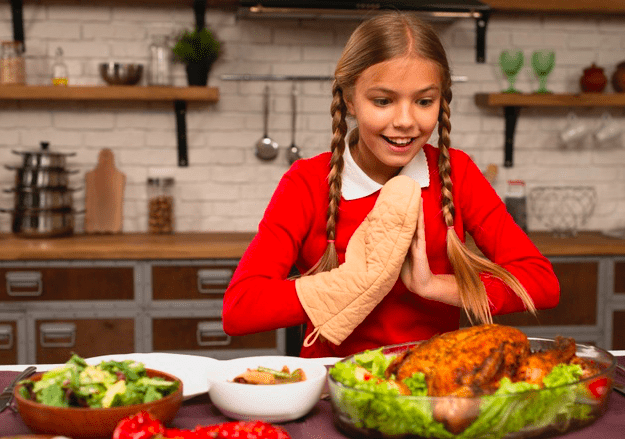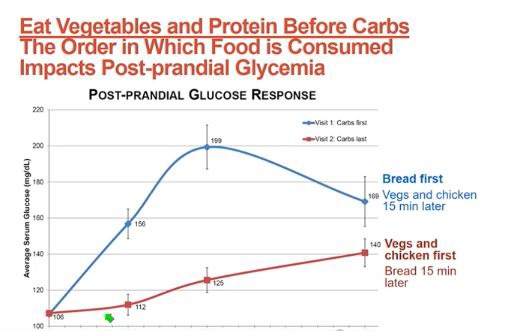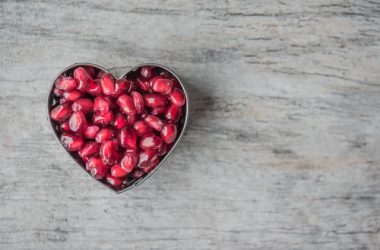The Conundrum
With the holiday season now in full swing, one thing we can count on is an overabundance of food including high glycemic baked goods, candy and other sweets available at our fingertips. On the heels of Thanksgiving, the end-of-year gluttony begins and puts us in the mindset of eating more than usual. The conundrum: While we all love a great treat, we also value how we look and feel, and excellent health. In the spirit of the holidays, how do we balance our desire to celebrate with maintaining a healthy weight?

The Root Cause of Overeating during the Holidays
In order to avoid overeating sweets and other holiday foods, we have to understand the root cause of what drives us to overindulge in them. It is much more than the impression that they simply taste delicious. There is something about the characteristics of sugar that drives the behavior. Virtually everyone knows that sweets are high in sugar. What everyone may not know is that all carbs break down into sugar. Next, it’s of critical importance to understand the difference between glycemic load and the glycemic index of a food. The glycemic load is the total amount of sugar that is absorbed into the body when digesting food. The glycemic index represents the rate of rise in glucose after eating something. When we eat foods with a large glycemic load and foods that have a high glycemic index, which are associated with a rapid rise in glucose, we tend to overeat. This is further exacerbated when we eat rapidly.
The Solution: Minimize the Damage
If during the holidays we make a conscious decision to go off plan, how do we minimize the damage and adverse effects?
Employ a strategy of ‘Mindful Eating.’ By becoming more conscious and acutely aware of what we eat, (stay tuned for article next week on mindful eating), we tend to eat less and reduce the amount of foods ingested and hence the glycemic load of a meal. Additionally of enormous help, is becoming aware of and restricting high glycemic foods such as soda, fruit juices, candy, cookies, popcorn and foods that are heavily processed and refined, such as white flour and rice.
Tips to Lower the Glycemic Index of a Meal
 During the holidays, many of us are in social situations in which we have little control over the foods available. So, here are some tips that can be employed to help lower the glycemic index of a meal:
During the holidays, many of us are in social situations in which we have little control over the foods available. So, here are some tips that can be employed to help lower the glycemic index of a meal:
- Add acidic seasoning such as a splash of vinegar, lemon or lime.
- Add fiber or foods rich in fiber.
- Avoid heavily processed and refined foods that generally have the fiber removed.
- Mix foods up. If you eat a high glycemic food, add protein and/or veggies to lower the glycemic index.
- Timing is everything. If you eat protein and veggies prior to eating a carb, you will lower the glycemic index of the carb.
We need to remember to do our best at being mindful of what we eat and avoid the bread, pasta, potatoes and rice!
When the Party is Over, Avoid Self Judgment
Finally, once the party is over and we are done celebrating, if we gained some weight, avoid self-judgment and beating ourselves up. The trick is to get back on plan ASAP and back into balance. Remember to avoid procrastinating; things generally get worse without the conscious effort to get back on plan. If you are struggling, ask for help from a trained professional, possibly someone who has helped in the past. If we implement this strategy, it is relatively easy to regain control over food, our weight and our health!
Let’s look forward to enjoying the holidays and having a Happy and a Healthy New Year and Holiday Season!
For inspiration and answers to questions about leading a healthy lifestyle and different types of supplements, read previous blogs by CardioMender, MD Weight Loss Specialists at www.cardiomenderweightloss.com/category/weight-loss-articles/.






